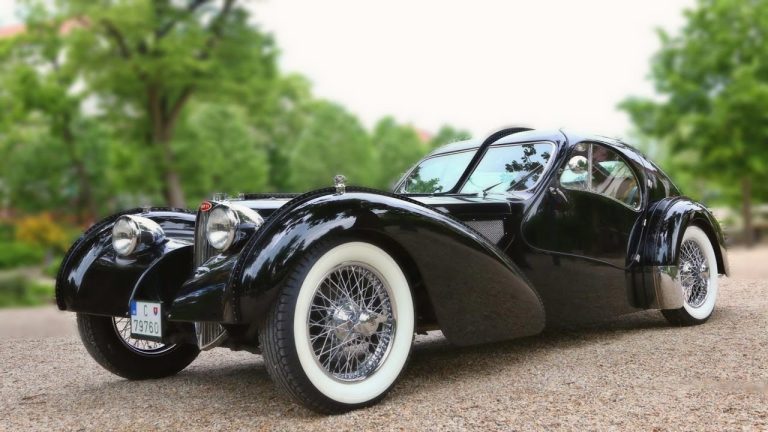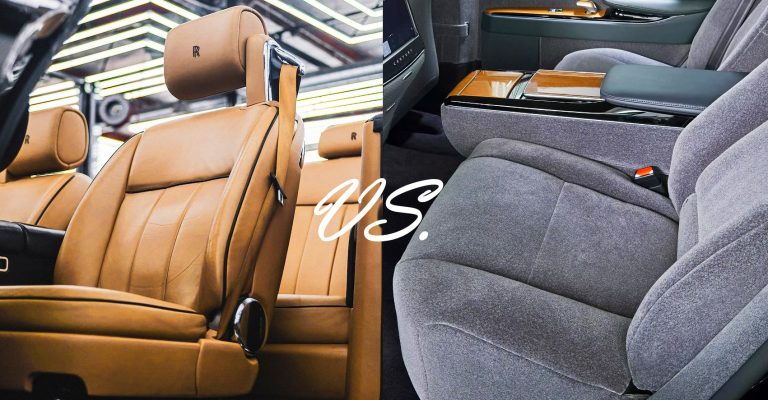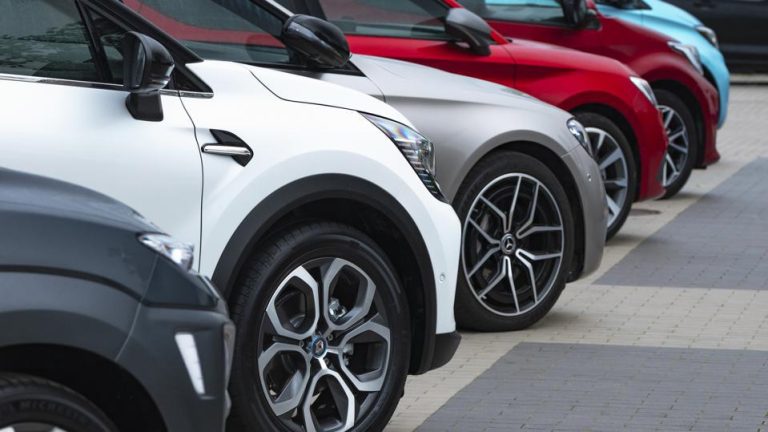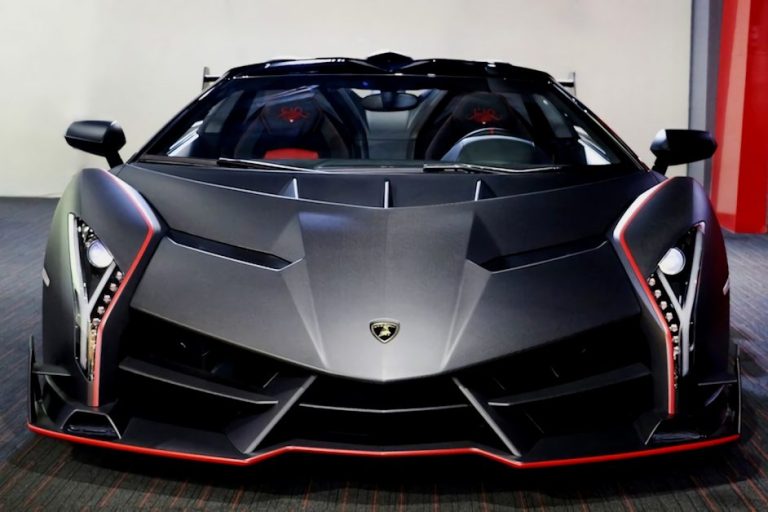What Are Muscle Cars?
Ever wondered what makes muscle cars so special? It’s not just about their powerful engines or high speeds, it’s also about their bold and distinctive look. These high-performance vehicles are the epitome of power and style, and they’ve been turning heads on the road for decades.
Among the few modern muscle cars still maintaining their momentum today, the Dodge Charger and Dodge Challenger stand out. With their iconic looks and unbeatable power, they’re a testament to the enduring appeal of muscle cars. So, get ready to discover what makes a car a ‘muscle car’.

What Are Muscle Cars?
Muscle cars are a breed of high-performance automobiles that originated in the United States in the 1960s and early 1970s. They are characterized by their powerful engines, aggressive styling, and affordability for the American middle class. The heart of a muscle car is its V8 engine, which provides the power to deliver high-speed performance, particularly in straight-line acceleration, which made them popular for drag racing.
Muscle cars were built around the concept of fitting a large-displacement engine into a mid-size car chassis, often adding sporty design elements like scoops, stripes, and flashy colors to enhance their appeal. This combination of performance and style was aimed at young buyers who sought both speed and a vehicle that made a visual statement.
The most iconic muscle cars come from a period known as the “muscle car era” in the 1960s and early 1970s. Models like the Ford Mustang, Chevrolet Camaro, Dodge Charger, and Pontiac GTO are examples that not only defined the genre but also became legends on the American automotive landscape. They were competitive on the racetrack and became symbols of youth culture and freedom.
Muscle Car Technical Specifications
Here’s an overview of the key technical features commonly found in classic muscle cars:

- Engine Type: The hallmark of muscle cars is a large-displacement V8 engine.
- Power: These engines can produce a wide range of power, but classic muscle cars often boasted between 300 to 500 horsepower or more.
- Torque: High torque figures, essential for quick acceleration, are a signature trait, with numbers often exceeding 400 lb-ft.
- Configuration: Most muscle cars feature a front-engine, rear-wheel-drive (RWD) layout, optimizing weight distribution for better traction during acceleration.
- Transmission: Both manual and automatic transmissions were common, with 3-speed and 4-speed manuals and 3-speed automatics being particularly prevalent.
- Construction: Body-on-frame construction was typical for early muscle cars, while unibody designs became more common in later models.
- Size: Muscle cars were based on mid-size (and sometimes compact) car platforms, but with enough room under the hood to accommodate large V8 engines.
- Styling: Aggressive styling cues, including hood scoops, racing stripes, and bold colors, complemented the performance characteristics.
- Acceleration: 0 to 60 mph times for top models could be as low as 5 to 7 seconds, with quarter-mile times often in the 13 to 15-second range.
- Top Speed: While variable, top speeds could range from 120 mph to over 140 mph for the most powerful models.
- Brakes: Earlier muscle cars often came with drum brakes, though disc brakes became more common as performance improved.
- Suspension: Suspension systems were generally basic by today’s standards, with a focus on straight-line speed rather than handling. Over time, improvements were made to better handle the power and weight of these vehicles.
How Did Muscle Cars Get Their Name?

The term “muscle car” is believed to have originated from the muscle power the cars exhibited, both in terms of their powerful engines and their physical design, which emphasized strength and performance. These cars were essentially “flexing their muscles” with their large-displacement V8 engines, which were capable of producing high horsepower and torque, enabling fast acceleration and high top speeds. This raw power allowed them to dominate on straight roads and drag racing strips, which was a popular form of automotive competition at the time.
The name reflects the ethos of brute strength and aggressive performance that these cars were built to embody. Unlike the more expensive sports cars that focused on agility, handling, and lightweight, American muscle cars were all about sheer power and straight-line speed, accessible to the average American. This accessibility was a key part of their appeal, as they offered performance that could rival much more expensive cars at a fraction of the cost.
What Was The First Muscle Car?
While there’s some debate, the 1949 Oldsmobile Rocket 88 is widely considered the first true muscle car. Here’s why:

- Powerful engine for its time: It packed a high-compression overhead valve V8 engine in a smaller, lighter body. This combination of power and agility was a novelty.
- NASCAR success: The Rocket 88 dominated the 1950 NASCAR season, winning a significant portion of the races. This achievement cemented its performance credentials.
- Inspiration for others: The Rocket 88’s success sparked a trend, leading other manufacturers to develop similar high-performance cars.
Are Pony Cars Muscle Cars?
Pony cars and muscle cars are closely related, but there are some key distinctions:
- Size and Weight: Pony cars are generally smaller and lighter than muscle cars. They tend to have a shorter wheelbase and a more compact design.
- Engine Power: Traditionally, muscle cars boast larger and more powerful engines, particularly big-block V8s. Pony cars, while still sporty, might offer a wider range of engine options including V6s or smaller V8s.
- Price Point: Similar to muscle cars, pony cars were designed to be affordable for a wider audience.
- Style: Both share some design elements like a sporty look, but muscle cars often have a more aggressive and imposing appearance.
Here’s an analogy: Think of muscle cars as the heavyweight boxers – powerful and all about raw performance. Pony cars would be the middleweights – still packing a punch but with more agility and finesse.
There’s some overlap, especially with modern cars. For instance, the Dodge Challenger can be considered both a muscle car due to its powerful engine options and a pony car for its available V6 engine and overall size.
Are There Any Modern Muscle Cars?
Yes, the modern era has seen a resurgence of muscle cars, blending classic styling cues with contemporary performance, safety, and technology features. These modern muscle cars have captured the spirit and excitement of their 1960s and 1970s predecessors while offering the comfort, reliability, and efficiency expected by today’s consumers. Here are some prominent examples:
1. Ford Mustang

The Mustang, one of the original pony cars, continues to embody the muscle car ethos with powerful engine options, including V8s in the GT and Shelby GT500 models. The current generation offers advanced technology, sophisticated suspensions, and modern safety features while maintaining the iconic Mustang look and feel.
2. Chevrolet Camaro

The Camaro has been a longstanding rival to the Mustang, offering a similar blend of performance and style. With options ranging from potent V6s to the V8-powered SS and supercharged ZL1 models, the Camaro combines muscle power with advanced handling and technology.
3. Dodge Challenger

The Challenger stands out for its adherence to classic muscle car proportions and design, making it the most visually reminiscent of the 1970s era. It offers a range of powerful engine options, including the Hemi V8s and the supercharged Hellcat and Demon models, which push the limits of muscle car performance.
4. Dodge Charger

While the Charger has transitioned to a four-door sedan, it retains its muscle car heritage with powerful V8 options, including the R/T, Scat Pack, and Hellcat variants. It combines muscle car performance with the practicality of a sedan, appealing to a broader audience.
Frequently Asked Questions
Which car ended the muscle car era?
The muscle car era officially ended with the Dodge Challenger SRT Demon 170. Like the 1970 Plymouth Superbird and Dodge Daytona, it marked the end of an era dominated by extreme, high-performance vehicles.
What does ‘GTO’ in car models stand for?
GTO stands for “Gran Turismo Omologato”, which when translated from Italian loosely means ‘homologated for grand-touring competition’. This label signifies recognition of competition and is highly revered in the automotive world.
Which is faster, the Hellcat or the Demon?
While both the Hellcat and the Demon deliver thrilling driving experiences, the Challenger Demon has a slightly higher top speed at 211 mph as opposed to 202 for the Hellcat.
What was the fastest muscle car?
The 1970 Ford Mustang Boss 429 is considered the fastest muscle car. It was a high-performance vehicle that featured an impressive 429-cubic-inch engine. Other fast muscle cars of the era include the 1967 Shelby GT500, the 1970 Chevrolet Chevelle SS 454, and the 1966 Shelby Cobra 427, among others.

Hi! I’m Larry Gibbs, studying mechanical engineering with a focus on cars. I really love Ferraris and write blog posts about the latest car stuff. When not studying or blogging, I’m usually on a road trip exploring new places. I also enjoy playing football and watching movies. Life’s an adventure, and I’m all about enjoying the ride!






